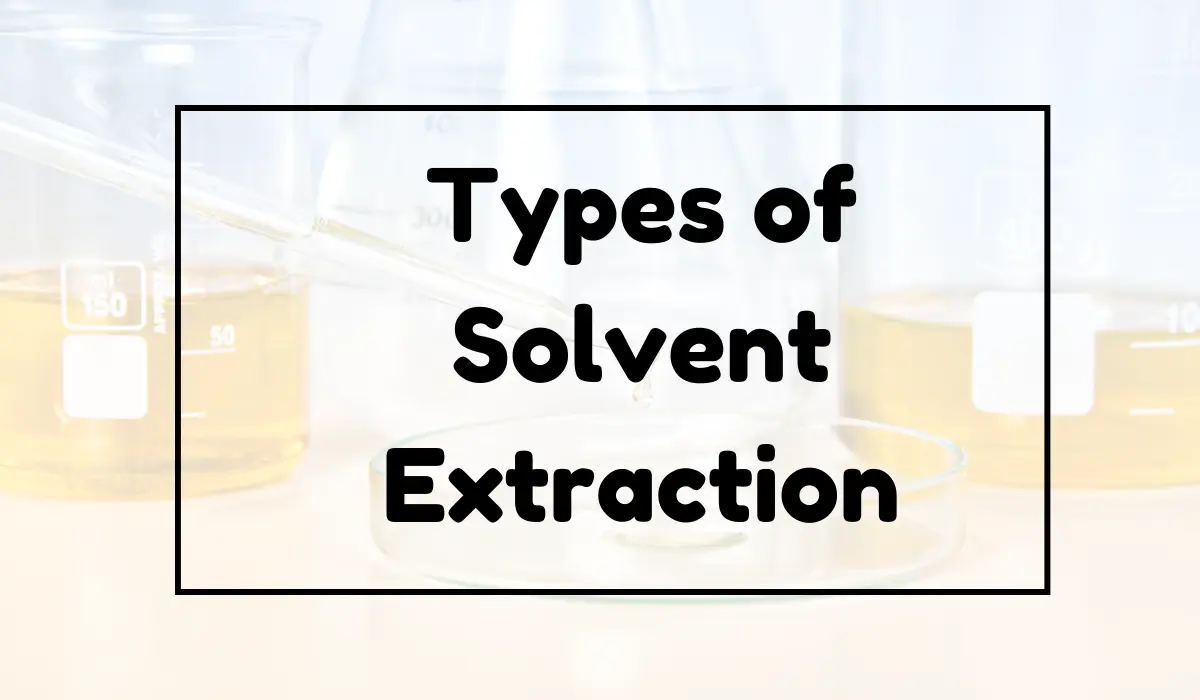What is Qualitative Analysis in Chemistry?
Chemistry is an amazing science that helps us to understand the world around us and our surroundings. In chemistry, there are three types of analysis that are used, these are qualitative analysis, quantitative analysis, and chemical analysis. All of these three analyses are extremely important for everyone.
Qualitative analysis definition
Qualitative analysis is a type of analysis that helps to find out what elements are present in the sample and what their concentrations are. The chemical analysis is done to measure the weight of the element present in the sample and the qualitative analysis is done to find out what is the nature of the element present in the sample.
Qualitative analysis is an analysis in which we find out the composition of the sample and the type of elements present in the sample. Qualitative analysis is based on the reactions of different chemicals with each other and the result of these reactions is known as qualitative analysis. This analysis is also used to find out the concentration of the chemical elements present in the sample.
What is the purpose of qualitative analysis?
Qualitative analysis is done for the purpose of understanding the characteristics of the material. It also helps in finding the similarities and differences between the materials. Qualitative analysis will give a complete idea about the sample. It is a descriptive analysis and it is also the best for the characterization of the material.
How does qualitative analysis help in chemistry?
Qualitative analysis is a basic step of any analytical chemistry experiment. It is done for the purpose of obtaining an idea about the properties of a sample. There are different uses of qualitative analysis in chemistry. Let us discuss below the most commonly used uses of qualitative analysis in chemistry.
Differentiation of an Unknown Sample
The differentiation of an unknown sample is the most common and fundamental use of qualitative analysis in chemistry. It helps in identifying the differences between two or more unknown samples. An unknown sample can be differentiated by comparing its characteristics such as color, odor, taste, shape, size, etc.
Determination of the Composition
When a particular compound is known, but its exact amount is not known, it can be determined by qualitative analysis. Qualitative analysis helps to determine the presence of certain compounds. It also gives a hint about the composition of the unknown sample.
Assignment of a Sample to a Chemical Class
When it is found that a particular compound is present in a particular class of chemical substances, then it is assigned to that particular class.
How is qualitative analysis done in chemistry?
Qualitative analysis is generally done by using visual and spectroscopic techniques. In spectroscopy, the chemical components present in the sample are studied by passing the light through the sample. It is also used to study the structure of the element present in the sample.
In the visual analysis, the samples are taken and their components are observed under the microscope. The qualitative analysis is also done with the help of a thermometer. This analysis is also used to find out the temperature of the elements present in the sample.
Qualitative analysis example
A chemist needs to analyze the composition of the paint. The analyst performs the qualitative analysis. It gives the name of the material present in the paint. Now, the chemist needs to perform the quantitative analysis. So, he gets the quantity of the paint and calculates the total amount of the paint.
Qualitative analysis is a very useful technique that is used in chemistry for different purposes. Now, it is up to you to know how to use qualitative analysis in your experiments.






Leave a Reply